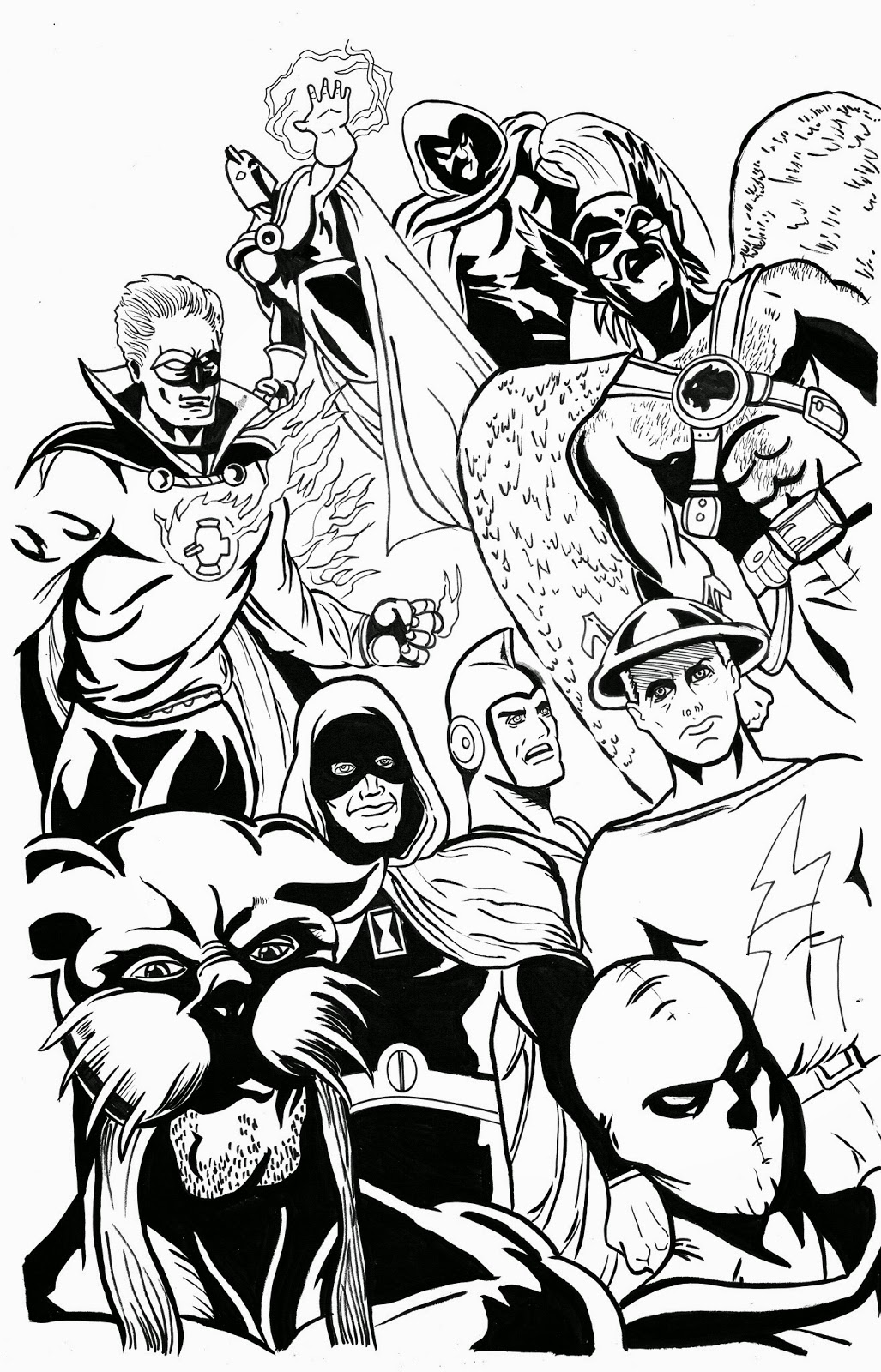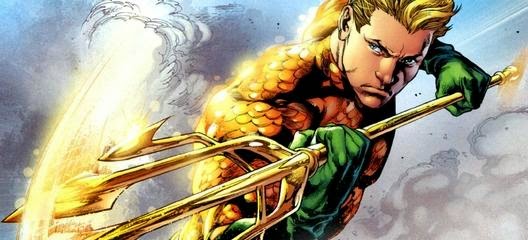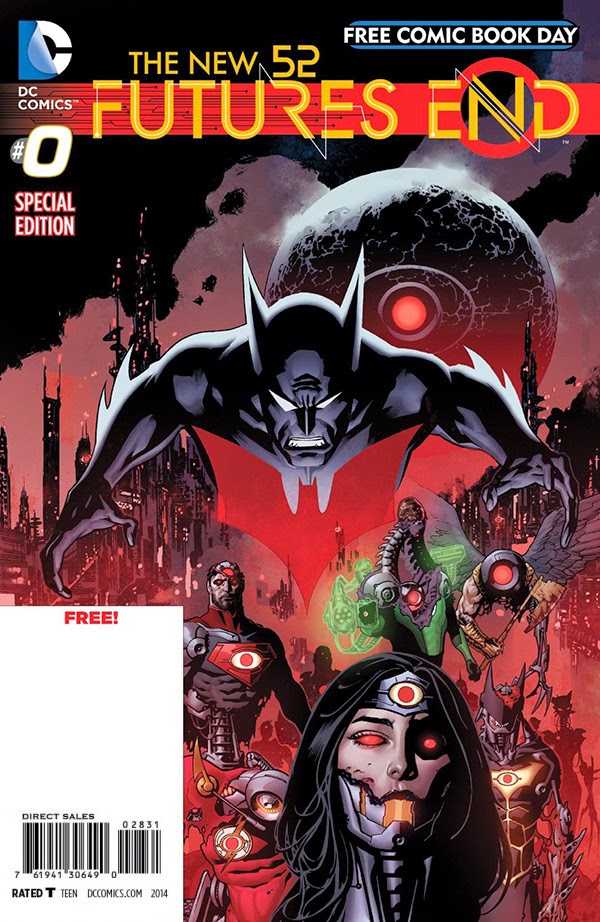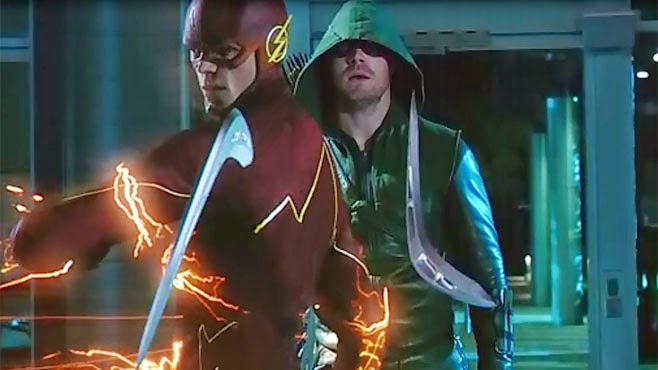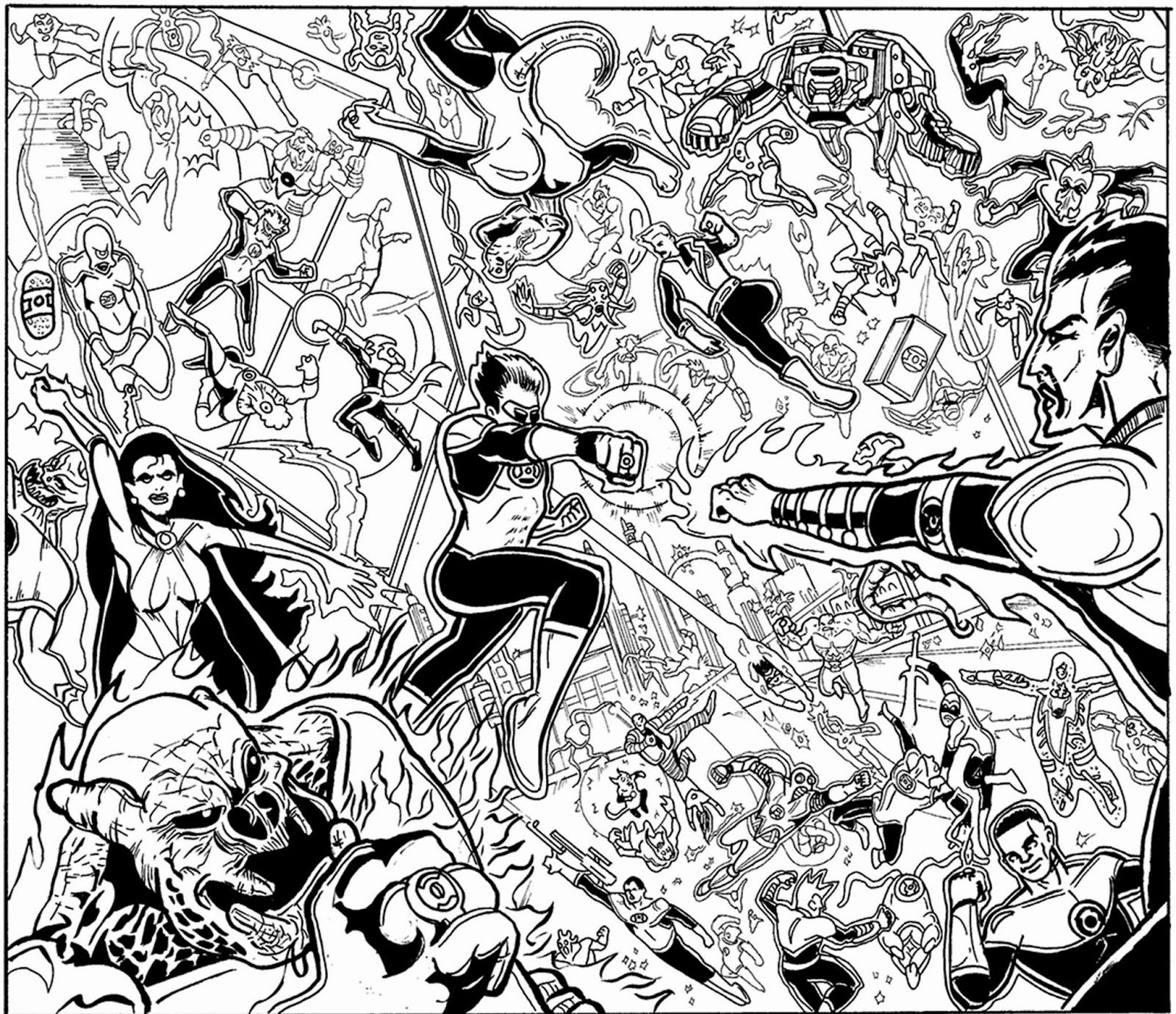Continuity Comics Conversation
I wanted to do a post on continuity, and connected-universes
in superhero stories. As comic book culture permeates more movies and
television, the question of how to continue the story through multiple
platforms is an interest to many fans. In some fans it seems like all they care
about. When you see questions about TV shows like SHEILD and Arrow,
most questions become less substantive and more about what characters might
appear in each show from outside the story. In the comic books, the various
storylines and characters of the respective companies know each other and often
interact with each other. Fans have enjoyed seeing that in live action so much
now, that they are hounding for more, rather than talking about each quality of
each project.
 |
| Go one day without hearing how this all works |
Now tracking the continuity between every project is fun,
but will create problems. The main thing is that instead of judging these shows
and movies based on their merit and quality, we are now judging all the shows
on how they line up to a bigger story. The problem is compounded as more
projects tie into the same continuity and bad projects might begin to hurt good
projects moving forward. It is worth thinking about, as comic book adaptations
do not seem to be going anywhere, and there are more fun ways to enjoy these
stories than looking at how they line up.
 |
| Cinematic continuity, and its going to get bigger and bigger! |
With that in mind, I thought we should look at the comic
books and how they have dealt with their interconnected universes, and what
lessons we should take to movies and TV:
Comics are the beginning of these massive interconnected
stories, where multiple books came together to tell stories with various
characters. It is important to remember
though, that every single time that comics have tried to add to their
continuity, it was an experiment.
Superman and Batman were the first characters to meet each other from different
books, and were only done as a sales gimmick. The Justice League, the biggest
form of a universe-building book, was only created to boost sales of the lower
selling superhero characters like Aquaman and Martian Manhunter, and paring
them with the more popular ones like Flash and Superman. The reason all of the
different Marvel superheroes knew about each other was because Stan Lee and
company had the heroes reading each other’s comic books…in the actual comics.
The Marvel universe came to become interconnected because a comic creator
thought Spiderman reading an Ant-Man comic would be funny.
The first teams and shared universes.
I bring all of this up to show that no one ever had a grand
plan that the overarching story should look like. Even though characters are
from the same world, there was never a climax or finally created for them. The
Marvel and DC Universe came about because a bunch of creators tried different
things with the library of heroes they had, to either boost sales or just
because they were board. And of coarse, there were amazing stories told by
having characters come together. Writers and artist getting to use low selling
characters as guinea pigs for their ideas led to some of the greatest character
retcons and everlasting stories. Looking at the famous Green Lantern/Green
Arrow run of Denny O’Neil and Neil Adams as just one example, the team only
brought those characters together because Green Arrow got canceled. At the same
time, a smart creator can make a good story when they put their minds to
creating something knew.
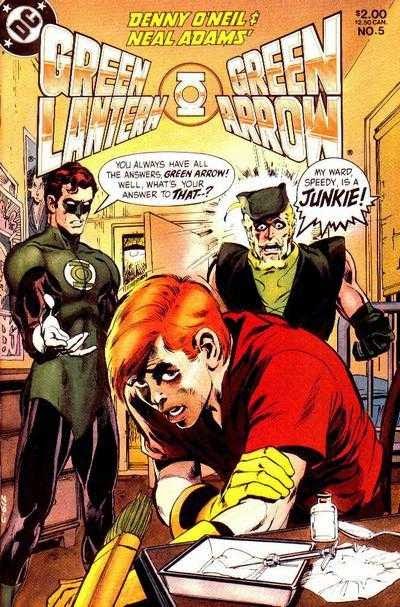 |
| Great stories that needed more than one character to tell... |
At different points of this experimentation the comic book
continuity got to big and made it hard to understand what was going on. Stories like Crisis on Infinite Earths and retcons like Spiderman’s One More Day were created in order to
help fix continuity. Afterwards new people could feel welcome to pick up new
stories with fresh jumping on points. The other stories that came about, were
when to help sales, mega stories were created that force the readers to buy
many different books. This is called a crossover: If Superman was telling a
story across four books that have Superman in them, the reader needed to buy
all four issues. That is the challenge with continuity; if you don’t feed the
idea that all of these different stories have consequences in each other’s books,
than you are not really telling a relevant story. At the same time, if you
spread the story to thin fans will be disinterested and leave.
 |
| Necessary Cluster-you-know-what |
Don’t get me wrong; some of my favorite stories are
crossovers. Writers and artists worked incredibly hard and did great work in
the realignment stories like Crisis and the stories still work through the test
of time. But what is left with all of these counterbalancing stories and
different interpretations is that comic book continuity becomes impossible to
read in a linear fashion. If someone
wanted to read the first Batman story, at this point that could really mean
over 10 different stories.
This is the fear with building these interconnected worlds
in TV and film. I feel that a general audience is far less patient. You can’t
tell them to work harder to understand the story going on. More than that, if
the continuity falls apart because stories are bad then people could give up on
the story all together. As a mega fan, I love getting back-story and seeing actors
I love popping up everywhere (look at Nick Fury by the great Samuel L. Jackson,
who is all over the Marvel universe in TV and movies). But at some point the
bubble can burst, and if that does the fans will be the ones that suffer.
 |
| (Read stories like this since you like it, not to follow a timeline) |
So the answer to enjoying continuity stems from continuity
in comics. At this point in comic books, where there are so many different
continuities and variations on how to read a story linearly, we the readers actually control our own
continuity. Comics lend themselves to becoming linear stories, but it is up
to the fan to choose how to compile the story best for them. It also allows the
readers to omit the stories that they do not enjoy. If you do not like when
Superman was a living lightning bolt, just don’t re-read those issues and you
will be fine. In comics, more than any other medium, the fan can create the
story they want to believe in.
So that’s what this post is all about. As fans, even when
continuity is offered to us to keep us interested we should create our own continuity
to watch and re-watch what we enjoy. If we do not like a new movie that comes
out, just don’t count it in the story you want. If they produce a TV show that
never ties into anything, but you still enjoy it, enjoy the fact that you have
two stories that you really enjoy. I wanted to talk about this because as mainstream
culture embraces these great stories, and might sometime reject it as well, it
is important to remember that the viewer gets to determine the worth of the
stories given to them. Enjoy watching the companies try and tell the stories
they want to tell, enjoy when things take interesting complications. But at the
end of the day, no one can construct the continuity of a story across multiple
platforms other than you.
And with that, lets get back to watching how good things
are, and not worry who is coming through door number 3.
Dov Smiley is an independent
comic book publisher and founder of the Smiley Spot. His current works can be
found at jonahcomic.com, as well as amazon under the same name. His full portfolio can
be found at dovsmiley.blogspot.com


